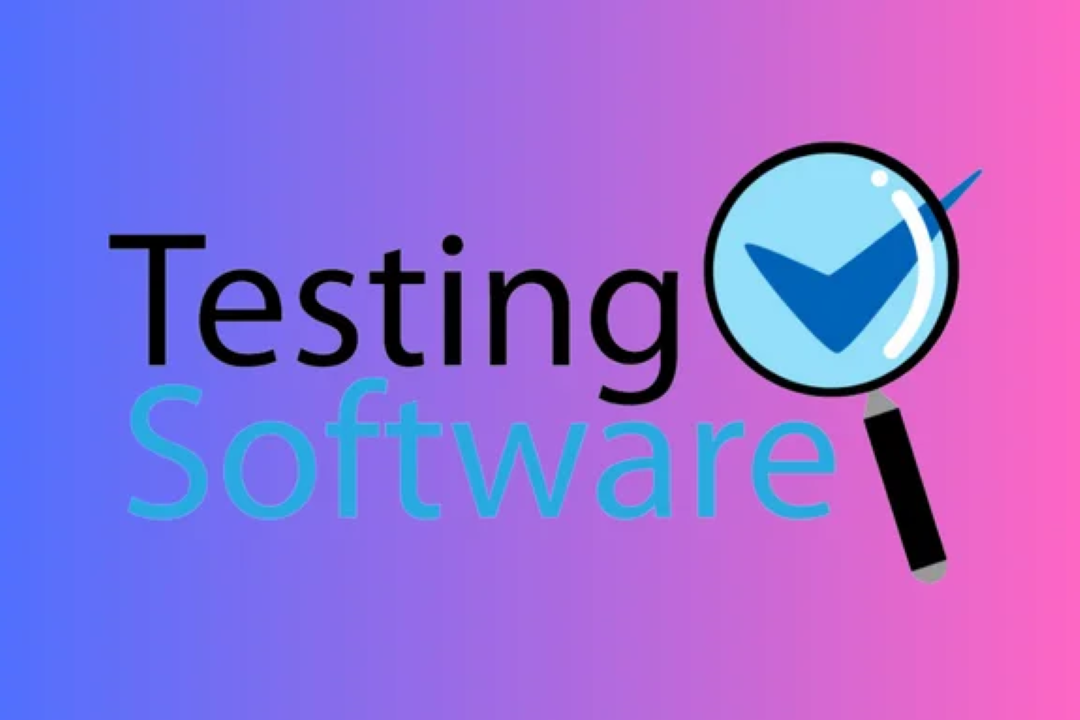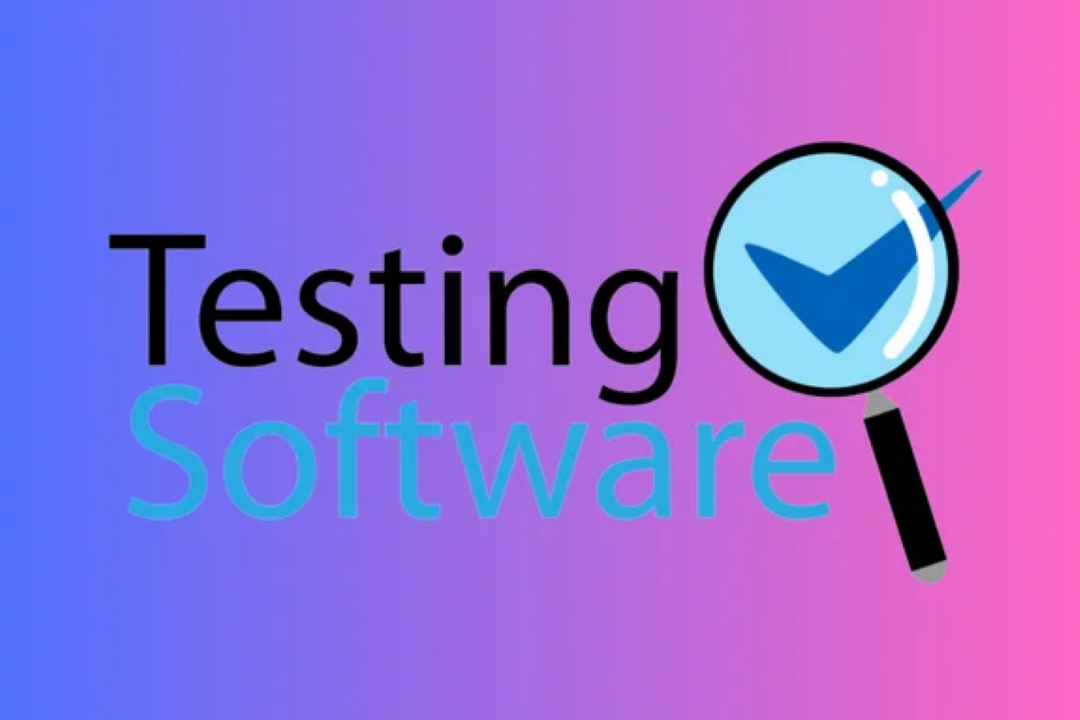DIFFERENCE BETWEEN ASSERT AND VERIFY IN SELENIUM
Understanding Assert and Verify Statements in Selenium
DIFFERENCE BETWEEN ASSERT AND VERIFY IN SELENIUM
In Selenium, both assert and verify are used to verify or validate expected outcomes during automated testing. The main difference lies in their behavior when a verification fails. When an assert statement fails, the test execution is immediately stopped, and the test is marked as failed. On the other hand, when a verify statement fails, the test execution continues, and the test is marked as failed at the end. This distinction is important for test flow control and determining the impact of the failure on subsequent test steps. Developers must carefully choose between assert and verify based on the testing requirements and desired behavior of the test case.
To Download Our Brochure: https://www.justacademy.co/download-brochure-for-free
Message us for more information: +91 9987184296
1 - Assert in Selenium:
Assert in Selenium is a verification point that verifies whether a condition is true or false. If the condition is true, the test continues execution; if it is false, the test fails and stops execution.
Asserts are used to validate expected outcomes in test cases.
2) Verify in Selenium:
Verify in Selenium is also a verification point that checks whether a condition is true or false. However, unlike asserts, if the condition is false, the verification points logs an error message but allows the test execution to continue.
Verifies are used to validate additional information or secondary conditions in test cases without immediately failing the test.
3) Behavior on Failure:
When an assert fails in Selenium, the test immediately stops execution, and the failure is reported in the test results.
When a verify fails in Selenium, the test continues to execute, and the failure is reported in the test results. This allows for multiple verifications within a single test.
4) Usage in Testing:
Asserts are typically used for critical verifications where the test should stop if a condition fails.
Verifies are used for non critical validations where failure in a single condition should not halt the entire test execution.
5) Test Maintenance:
Asserts are recommended when writing stable and maintainable test scripts as they help identify issues early in the test execution.
Verifies are useful for logging additional information without impacting the test flow, aiding in debugging and troubleshooting.
6) Reporting:
Assert failures indicate critical issues in the application functionality and are highlighted prominently in the test reports.
Verify failures are informative and can provide additional context for debugging, without affecting the overall test outcome significantly.
7) Error Identification:
Asserts help pinpoint the exact step in which a test failed, making it easier to identify the root cause of the failure.
Verifies can help in identifying multiple areas of improvement or issues within the application, providing a broader perspective on the test scenario.
8) Debugging:
Asserts are valuable for immediate debugging as they halt the test execution, allowing developers to focus on resolving the specific failure.
Verifies help in gathering comprehensive information during test execution, aiding in detailed analysis and debugging after the test run.
9) Best Practices:
It is advisable to use asserts for critical validations that directly impact the application's functionality or user experience.
Verifies can be used to supplement test cases with additional validations or secondary checks, enhancing the overall test coverage.
10) Flexibility:
Asserts provide a strict pass/fail criterion, ensuring that the expected behavior is met without compromise.
Verifies offer flexibility by logging failures without interrupting the test flow, allowing for a more comprehensive validation approach.
11) Test Suite Design:
Structuring test suites with a combination of asserts and verifies can lead to a robust testing strategy that covers both essential validations and secondary checks.
Understanding when to use asserts and verifies based on the criticality of the verification points enhances the effectiveness of the test suite.
12) Exception Handling:
Assert failures trigger exceptions that need to be caught and handled appropriately in the test scripts or frameworks.
Verify failures help in capturing detailed error messages or warnings, assisting in the diagnostic process without causing abrupt test halts.
13) Test Scenario Complexity:
In complex test scenarios where multiple verifications are required, using verifies can provide a comprehensive overview of the test outcome without prematurely stopping execution.
For simpler test cases with straightforward pass/fail criteria, asserts offer a concise validation mechanism to ensure expected behavior.
14) Continuous Integration:
Integrating asserts in test scripts ensures immediate feedback on critical defects, facilitating continuous integration processes by identifying issues early in the development cycle.
Verifies contribute to comprehensive test coverage by validating multiple aspects of application behavior, supporting continuous testing practices without impeding test automation workflows.
15) Training Recommendation:
When offering a training program to students, it is essential to emphasize the distinction between assert and verify in Selenium to cultivate a thorough understanding of validation mechanisms.
Practical exercises demonstrating the impact of assert and verify on test execution and reporting can help students grasp the significance of using the appropriate verification points in test automation.
Encouraging students to practice creating test cases with a combination of asserts and verifies will enhance their proficiency in designing versatile and robust test scripts.
Assessing students' comprehension through assignments or quizzes focused on assert and verify usage in different testing scenarios can reinforce their knowledge and application skills.
Providing real world examples or case studies showcasing the practical relevance of assert and verify in Selenium testing will enable students to appreciate the nuanced differences between these verification methods.
Offering hands on experience with Selenium test scripts incorporating assert and verify statements will empower students to navigate test automation challenges effectively and make informed verification choices.
Emphasizing the importance of selectivity in choosing between assert and verify based on test requirements and objectives can instill a strategic approach to validation in students' testing practices.
Encouraging students to collaborate on group projects involving test case design with assert and verify implementations can foster teamwork and peer learning opportunities.
Facilitating discussions on best practices and common pitfalls related to assert and verify usage in Selenium testing can equip students with practical insights for optimizing their test automation processes.
Providing mentorship or guidance on troubleshooting assert and verify failures and interpreting test results will enhance students' problem solving skills and analytical capabilities in test automation.
Incorporating assert and verify challenges or scenarios in the training curriculum can challenge students to apply their knowledge and critical thinking skills to solve practical testing dilemmas effectively.
Encouraging students to explore advanced assert and verify techniques and frameworks in Selenium testing can broaden their skill set and proficiency in creating robust and scalable automated tests.
Offering resources such as online tutorials, documentation references, and case studies related to assert and verify practices in Selenium testing can supplement students' learning experience and deepen their understanding of verification strategies.
Assessing students' proficiency in assert and verify usage through practical assessments or certification exams can validate their expertise and readiness to apply verification concepts effectively in real world testing scenarios.
Browse our course links : https://www.justacademy.co/all-courses
To Join our FREE DEMO Session: Click Here
Contact Us for more info:
- Message us on Whatsapp: +91 9987184296
- Email id: info@justacademy.co
Power Bi Interview Questions For Experienced Professionals












